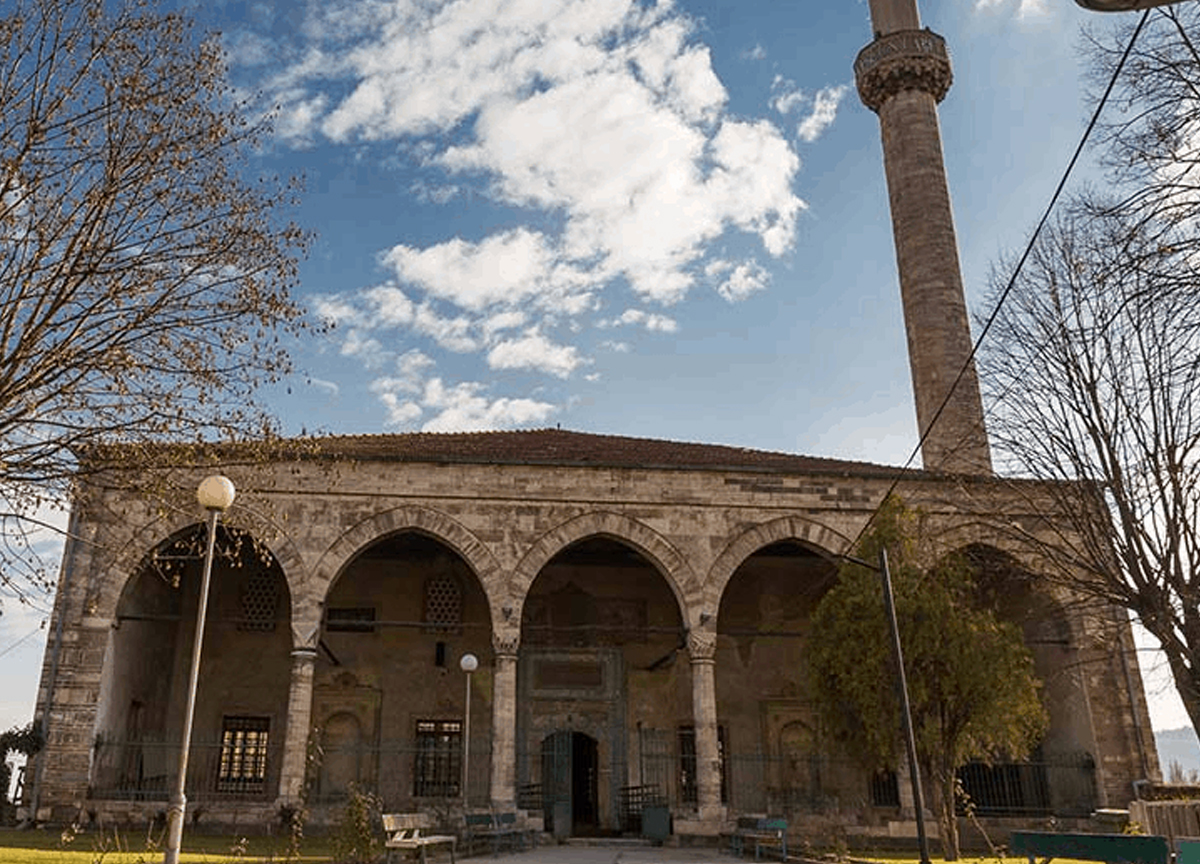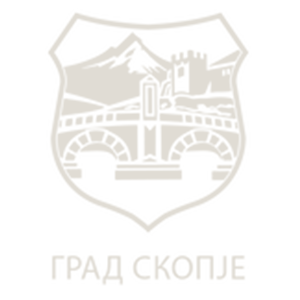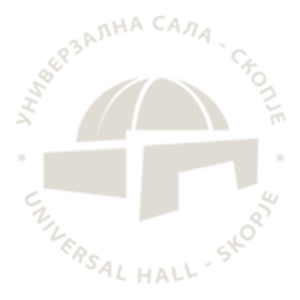The city of Skopje has made a decision to bid for the prestigious title European Capital of Culture for 2028
History & Culture
Skopje with his historical name Scupi is the capital of the Republic of North Macedonia. Skopje with his cultural character and heavy heritage shaped over the centuries through the intertwining and permeation of various ethnicities and cultures. The city has been a centre of free thinking, bold ideas and radicalism throughout history and also is a hub of the culture, science, economy, politics and administration.
We see the title ECOC as the platform "ultimate goal" for gathering progressive social forces and Skopje to become a liveable European city. In this sense, all the application elements – conceptually, organizationally, financially, etc. – are designed to preserve the ECOC legacy, considering that political support is crucial in providing the financial resources needed to establish and maintain lasting positive change.
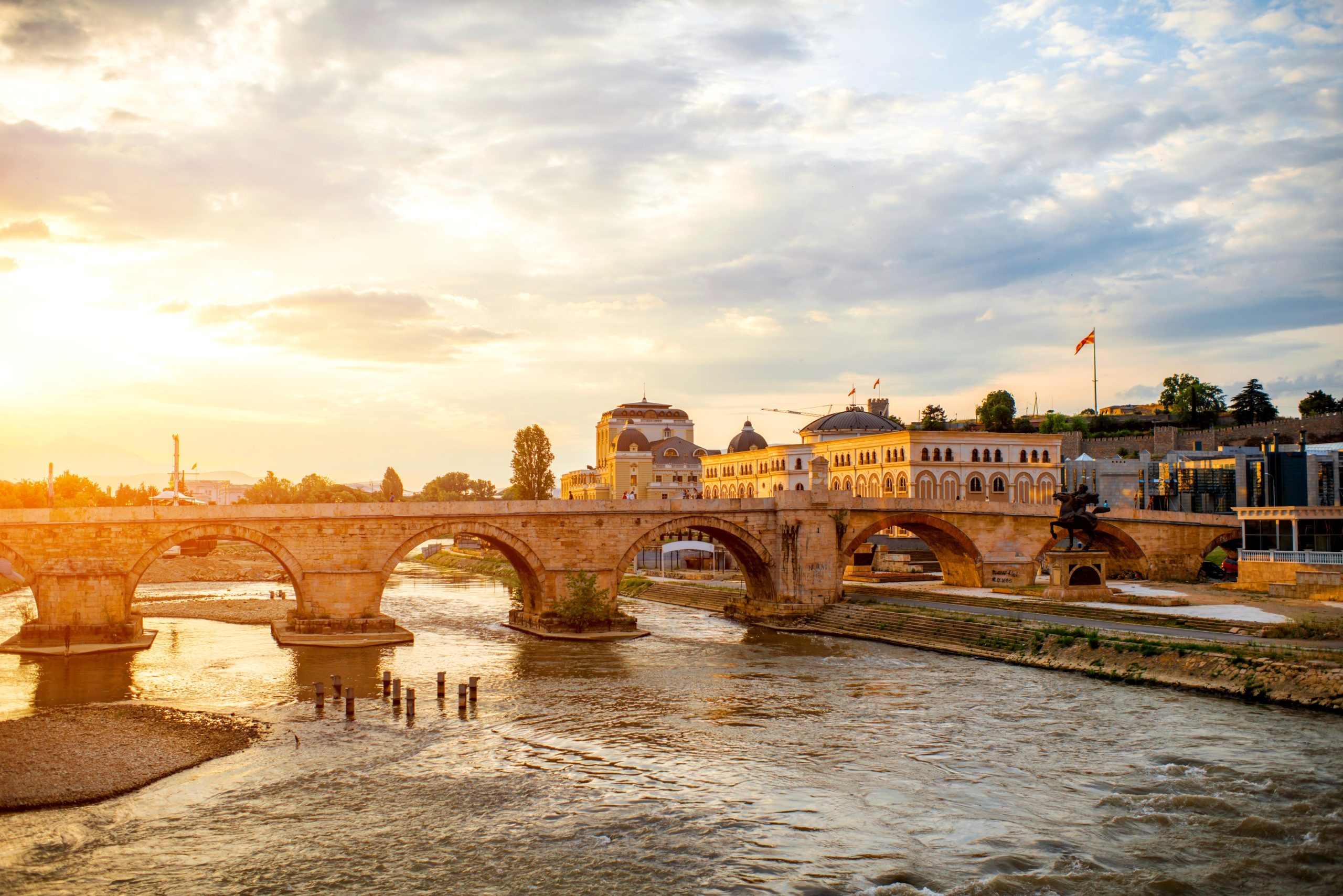
THE STONE BRIDGE
Is on of the oldest bridges in our country. There is evidence showing the bridge was built in the 6th centry, and that the present Stone Bridge was built on its foundations in the first half of 15th centry, during Sultan Murat. The bridge is built of well-done stone blocks and its massive construction rest on firm piers supporting arching spans.
THE AQUEDUCT
Water is one the things that people cannot live without and that is why any man made construction that brings water in the town has a priceless value. Going back in past written evidences are found. Many writers, travelers and historians wrote about this remarkable Akvadukt in their diaries, located near Skopjе. Traditionally dated from the early Roman period, was built by Ottoman municipal authorities, constructed in XV-XVI centry. Remnants of an aqueduct of 55 arches, 386m. long.
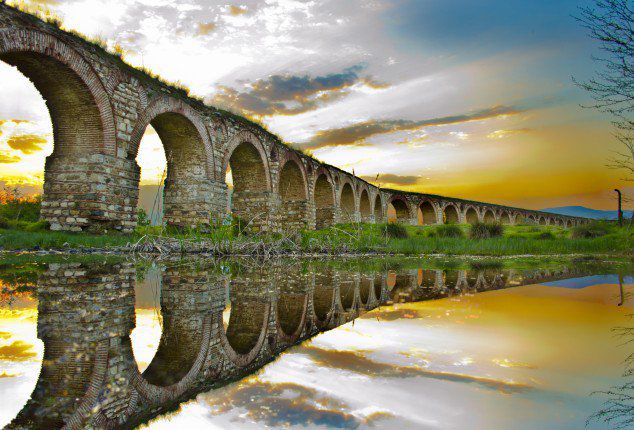
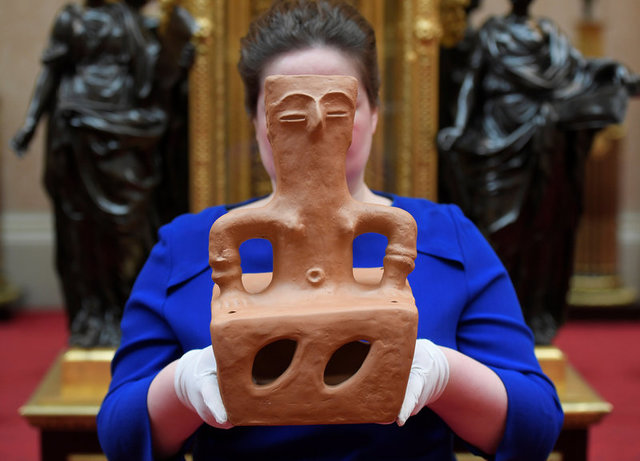
THE GODDES OF FERILITY
Known as the GREAT MOTHER, Neolith, (Museum of Macedonia) perhabs the same one cast in bronze , now reincarnated in clay, 7000 years before. Discovered in the same area, both verify that people from Skopje region have never been left without divine protection.
THE FORTRESS KALE
The Skopje fort, or Kale,is located on a strategic point of the Balkans. In the millennia of its existence, it has under-gone many changesmuch was built, conquered and then destroyed. The old fort dominates over the valley and it offers the best view of the new part of the city that stretches out on the right bank of the Vardar River.
A very inportant, but insufficiently studied period is the period from the sixth to the tenth centy BC. This is the time of the renowned and prominent city built by the Roman Emperor JustinijanPrima, who was born in village of Taor(Taorisima) located in the Skopje valley. The walls than can be seen today are made of large blocks of rough stone and date back to the tenth and eleventh centuries AD from the time of the Macedonia King Samoil, when the fort served as defense against Romaic attacks.

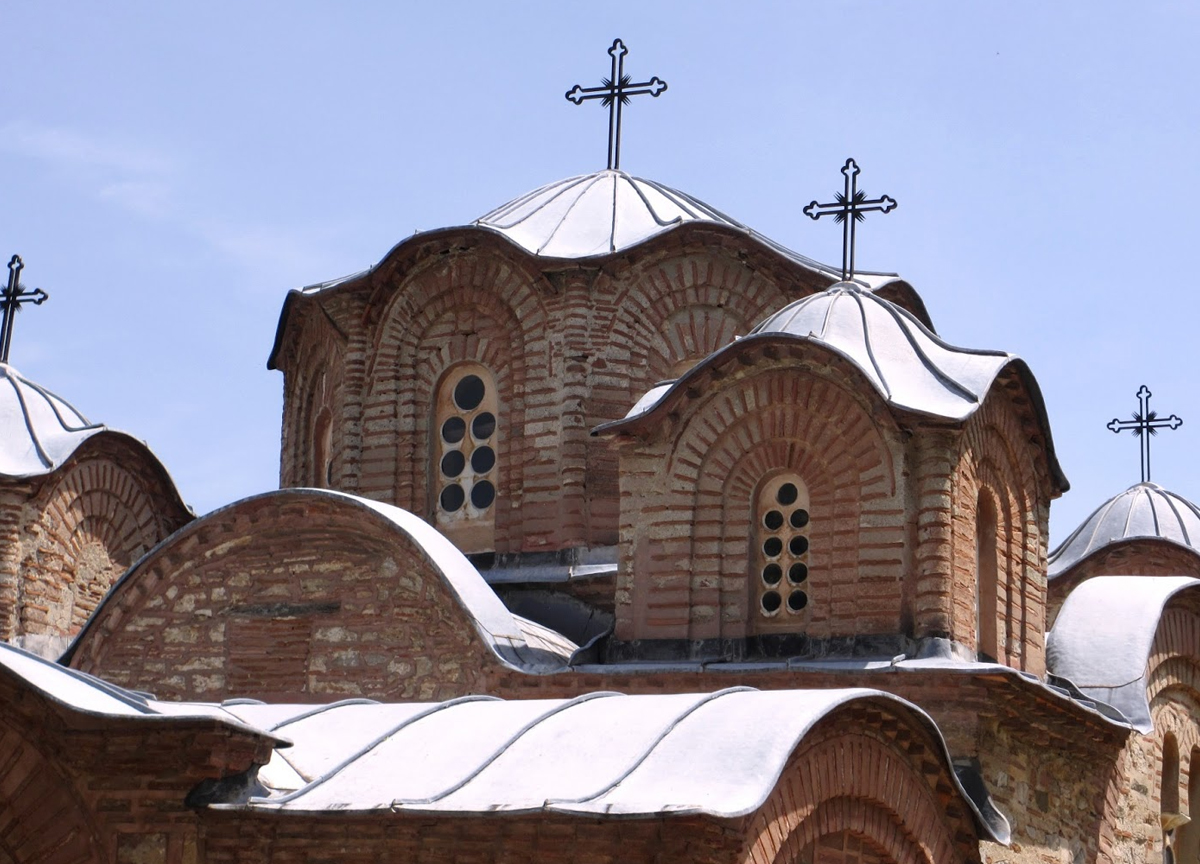
CHURCH OF ST.PANTELEIMON
Located near the small village of Gorno Nerezi - 12 centry. Lementation, the fresco which depicts the Holy Mother of God astride, is unique in Byzantine art. Acording to numerous world art historians,the fresco paintings of Nerezi emerged a centry and a half prior to the beginning of Early Renaissance painting in Italy.
THE MILENIUM CROSSON
The mountain above the city has been growing into one more symbol of Skopje. Seventy six metres tall, standing at the summit of Vodno (1,057m altitude), it resembles the cross on the tomb of the hero who in days long ago blew his life into then dead rock with his „Singing Spear“.
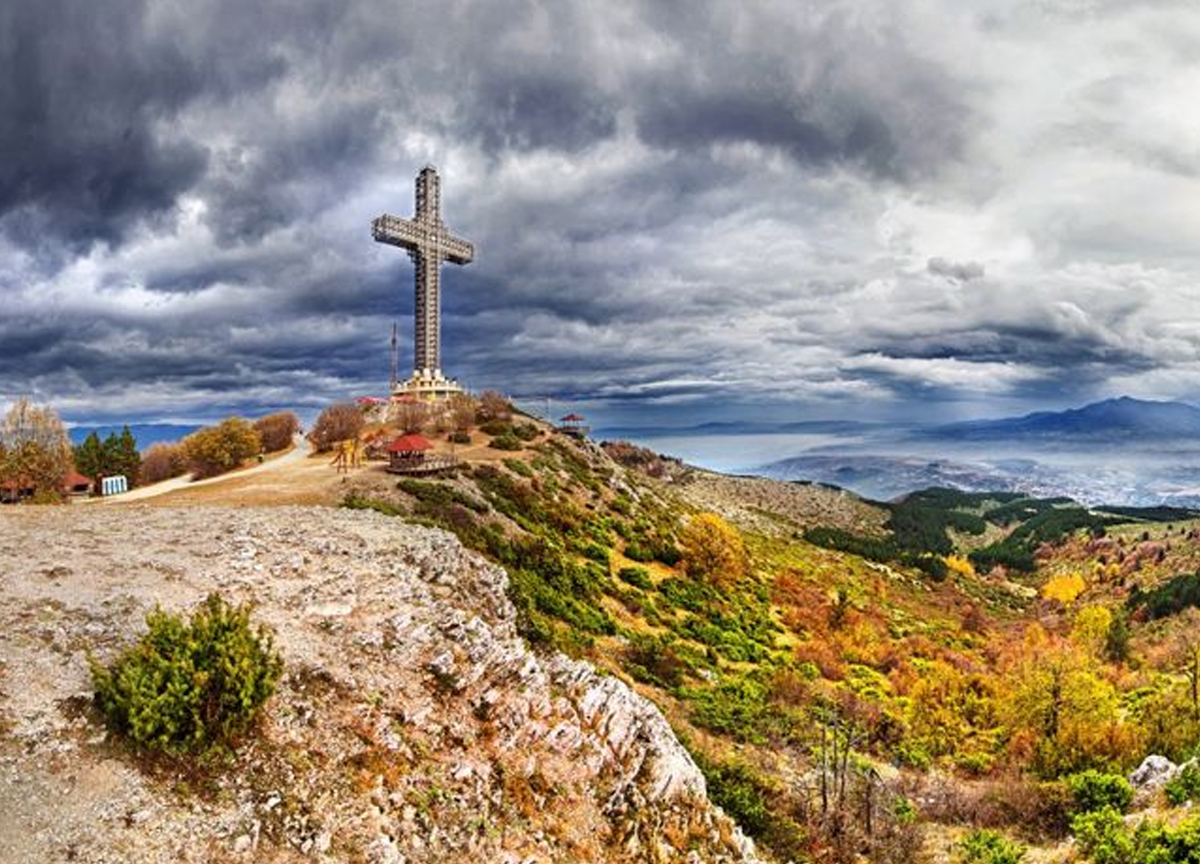
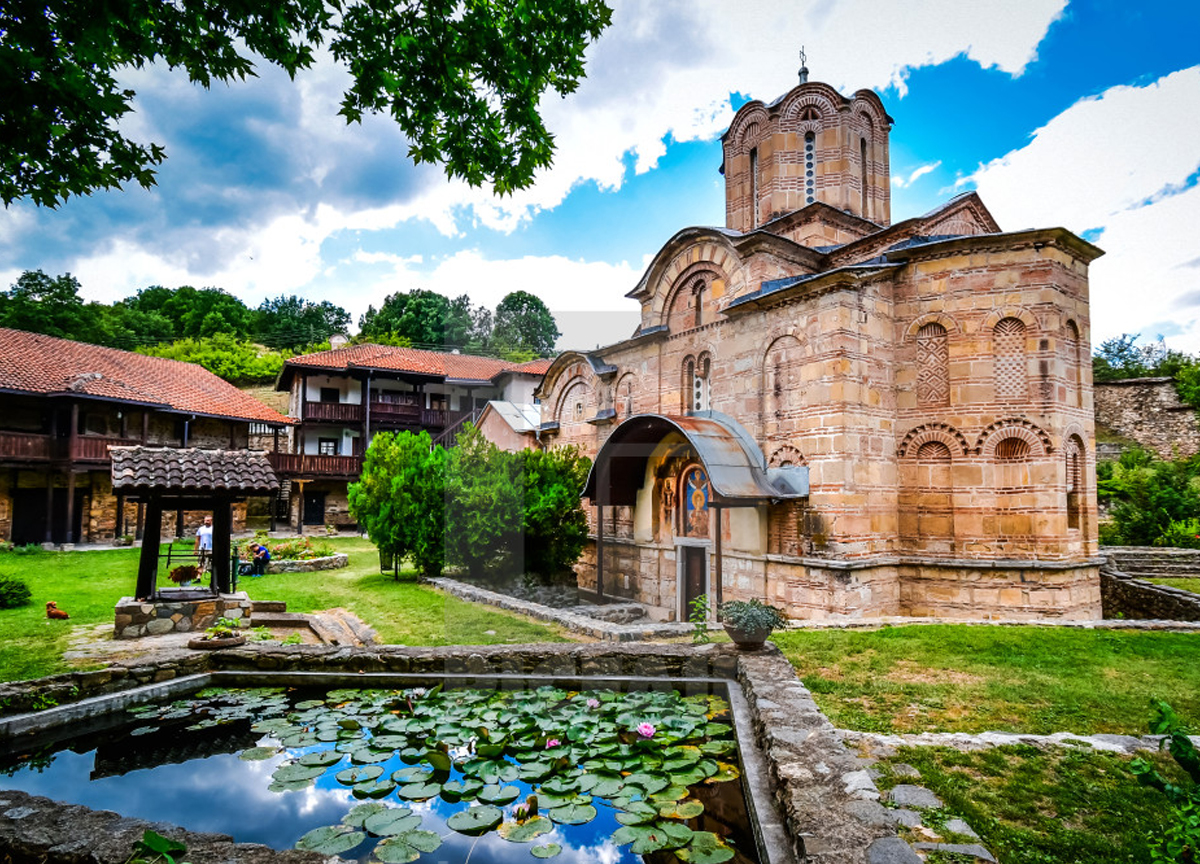
MARKO’S MONASTERY
On the slopes of the beautiful mountain Kitka, in the mid of Arcadian idyll, in the vicinity of Skopje (20km), the visitors can contemplate at peace. (The village of Sushica). It was later restored by King Volkachin and completed by his son Marko in 1377. Among the most impressive of the opulent 14th centry frescoes are the Massacre of Innocent Children of Bethlehem and the image of St. Clement in the Sanctuary.Monastery edifices and refectory econom-pass the church. CHURCH OF HOLY MOTHER OF GOD, village of Sushica, begining of the 14th centry.
THE OLD SKOPJE BAZAAR
Its treasures end with the bustle of the Bit-Pazar. It has been like this for nine centuries - a sea of market stalls and merchandize that passes from hand to hand, face to face. The market place has changed, but it still remains a source of inspiration for many artists and a major tourist attraction. The old bazaar also includes many other cultural monuments: Suli han, erected in the 15th centry, today housing the Academy of Fine Arts and the Museum of the Old Bazaar of Skopje: Kapan Han, erected by the end of the 15th centry:and the Bezisten Covered market) comprising numerous shops.The curtural content of the Bazaar is enriched by the Art Gallery housed is one of the most interesting monumental objects: the Civte Hamam (bath), dating from the late 15th century. These monuments are arranged in the Old Bazaar complex according to old Turkish principles of three formations (bath,inn,mosque).
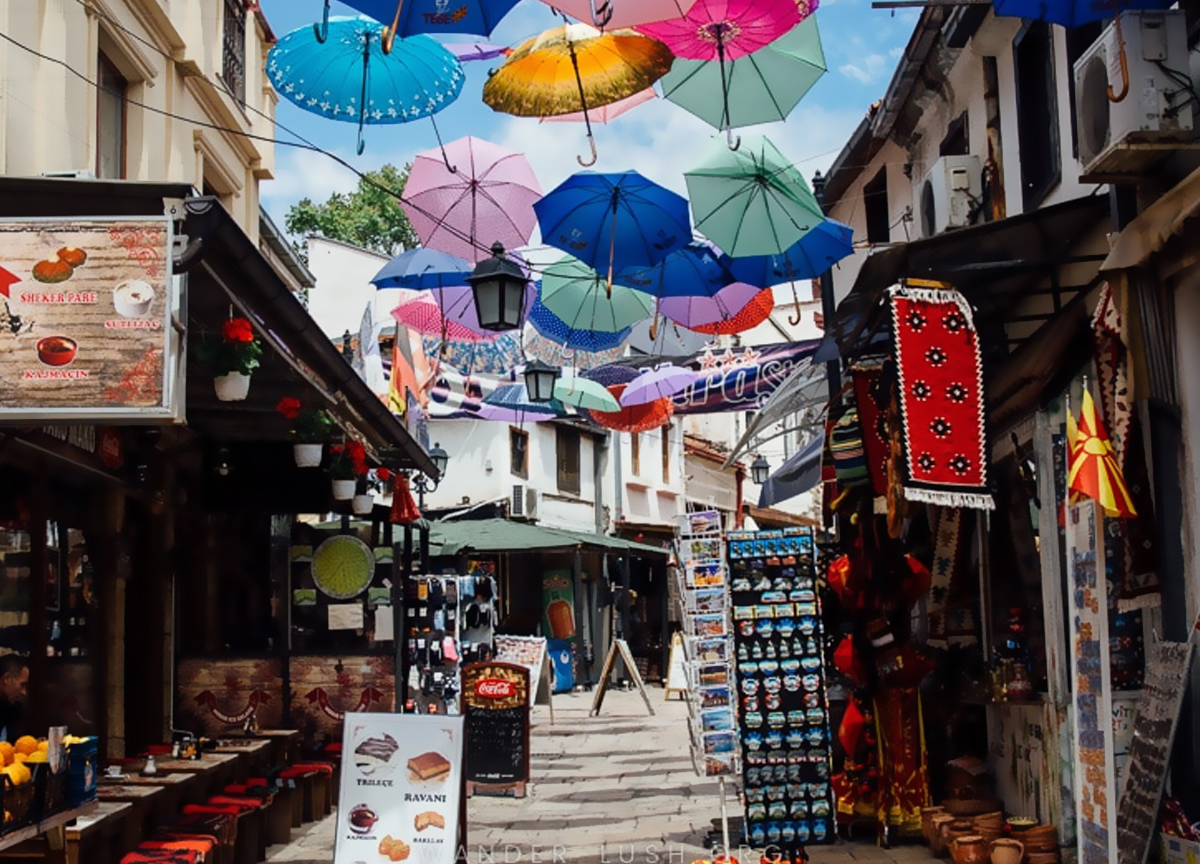
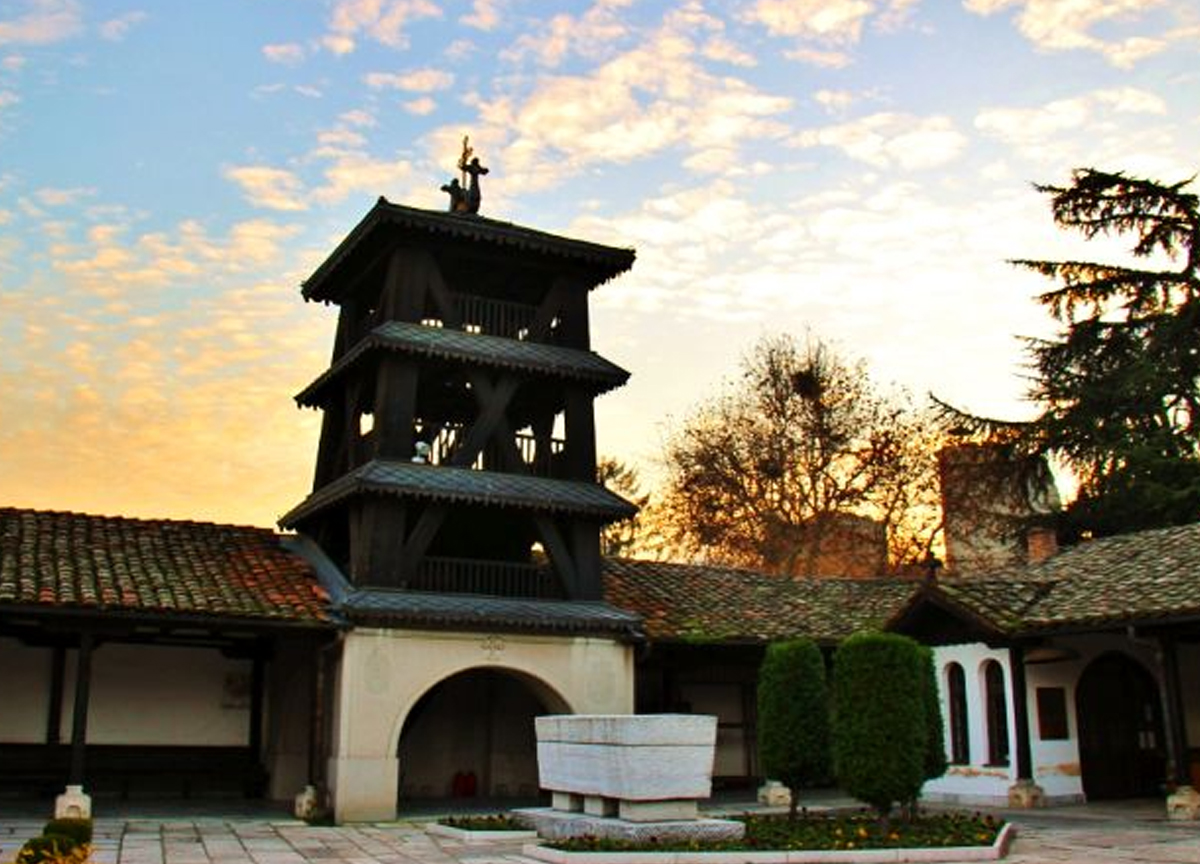
CHURCH OF ST. SPAS
Was built in the 18 centry. The present appearance of the church was created in the 19th centry. A magnificent iconostasis carved in walnut wood reveals itself in front of the visitors eyes. It was carved in the period of 1819-1924. In the courtyard of the Chursh of St. Spas is a sarchopahagus of white stones with the relics of Masedonian revolutionary and ideologist Goce Delcev.
CHIFTE AMAM
15th centry. The amam stopped as a public bath in 1917. As a structure of great arhitectural and artistic value, it is now being restored as a gallery and multimedia presentations.
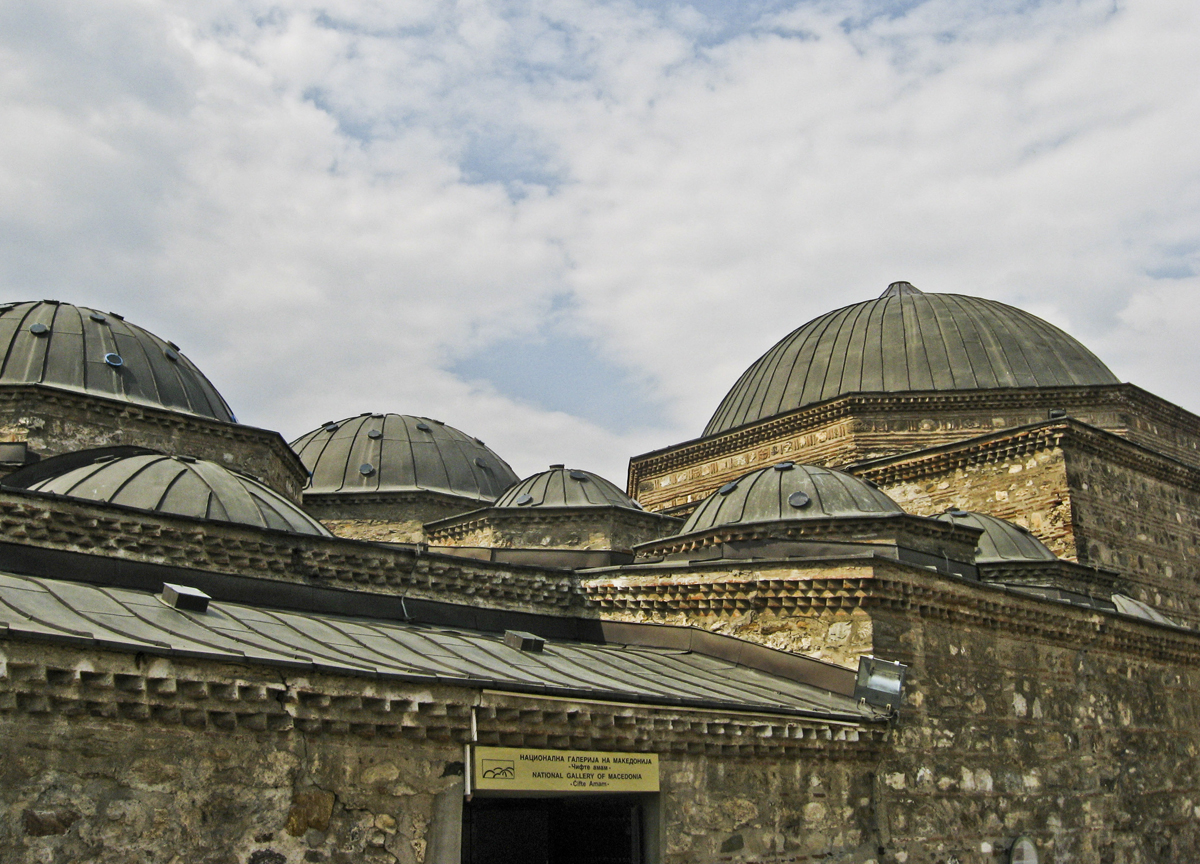
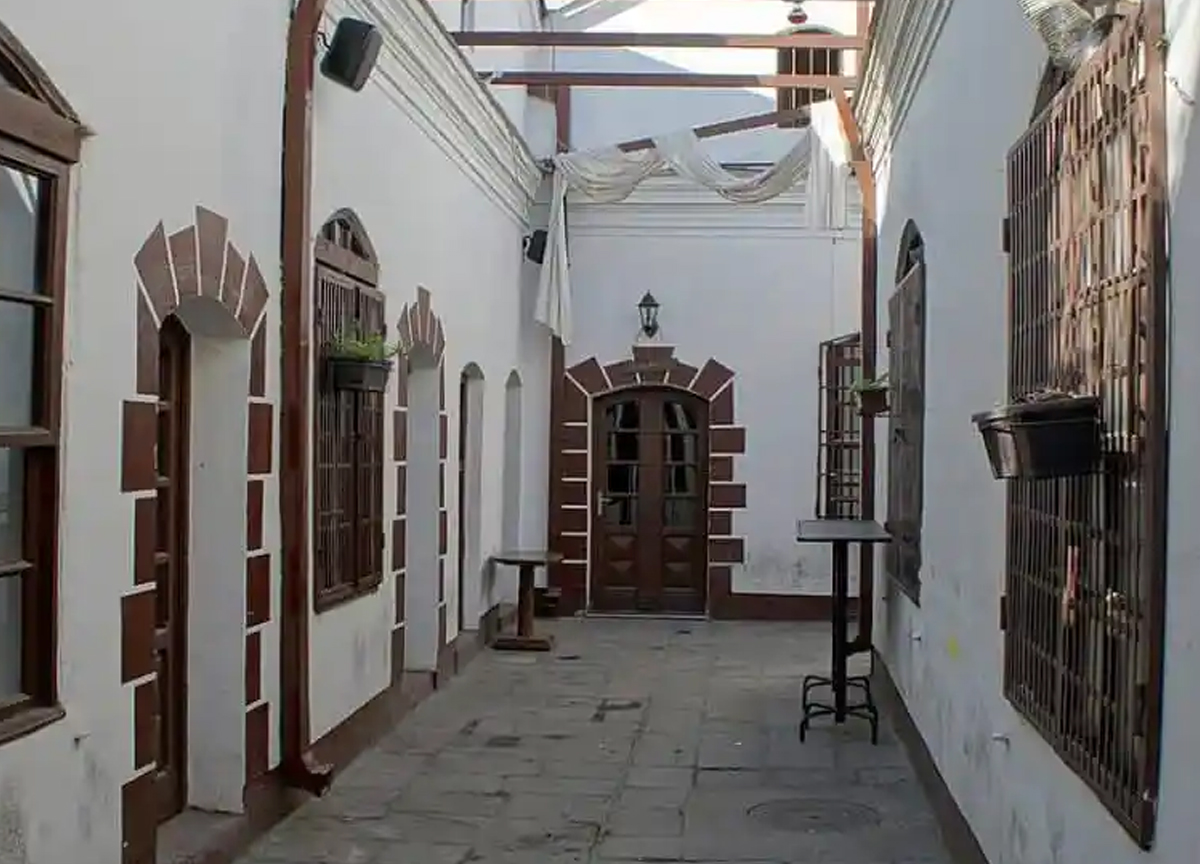
BEZISTEN (covered market)
Was built in the 15th and restored in the 20th centry. It was a place where cloth was sold. Remnants of the old bezisten are still preserved in the sub terain, and partially on the walls. Today, it is a pleasant venue with art galleries, stores and cafes.
MUSTAPHA PASHA MOSQUE
Is built in 1492. From an urban and architectural point of view it ranks among the most important monuments in Skopje from the Ottoman period. South of the mosque is the grave of Mustapha Pasha, who was buried there.
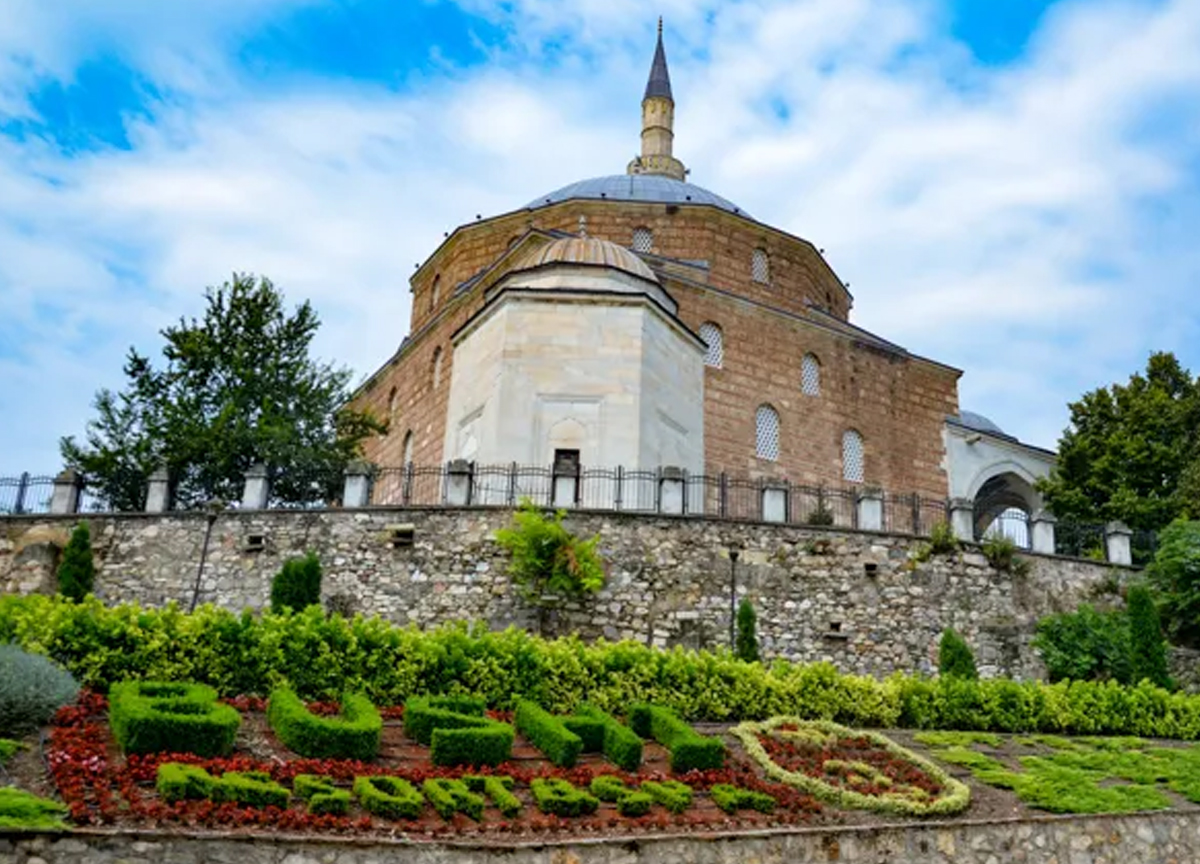
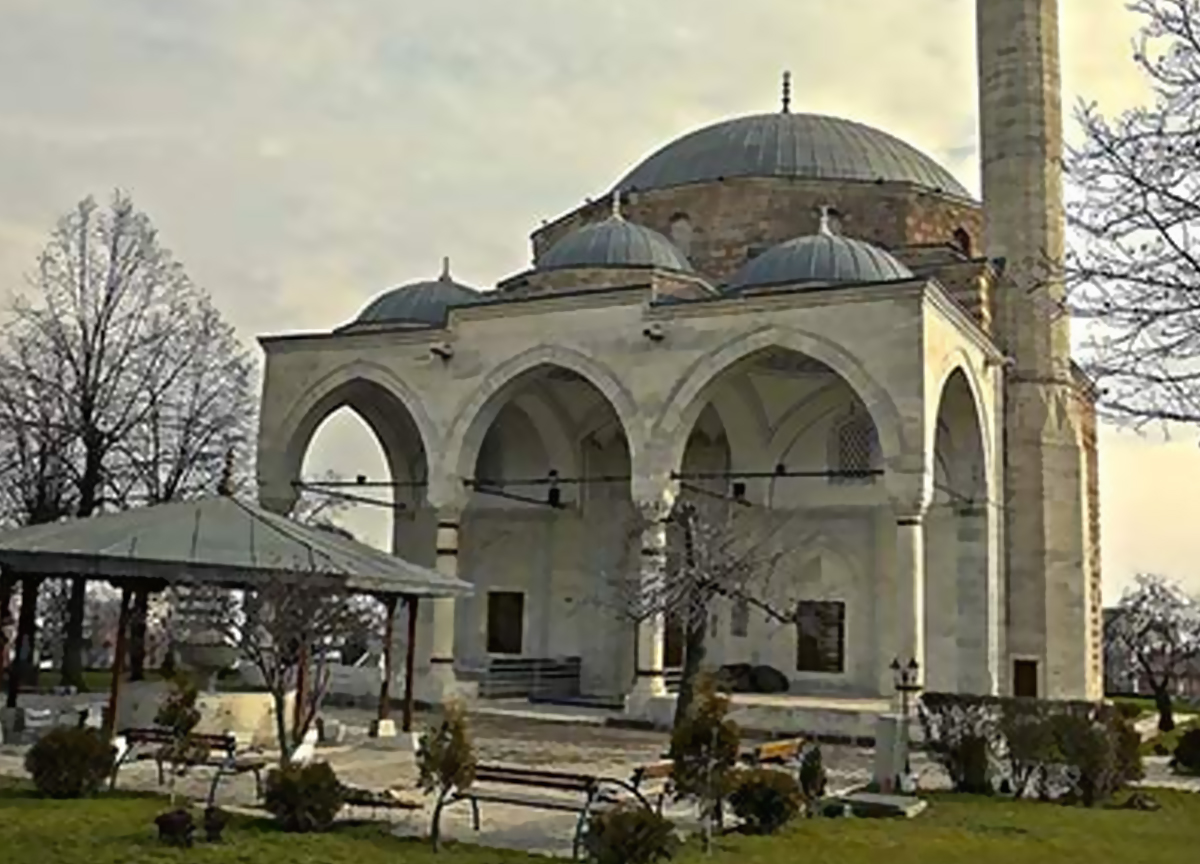
YAYHA-PASHA MOSQUE
1504. Yayha Pasha was the son in low of Sultan Bayazit II. Initially, the mosque had a large dome over the prayer area as well as five smaller domes over-towering the gallery. The minaret of the lower part is richly decorated and has preserved its original appearance.
MURAT PASHA’S MOSQUE
1504. Yayha Pasha was the son in low of Sultan Bayazit II. Initially, the mosque had a large dome over the prayer area as well as five smaller domes over-towering the gallery. The minaret of the lower part is richly decorated and has preserved its original appearance.
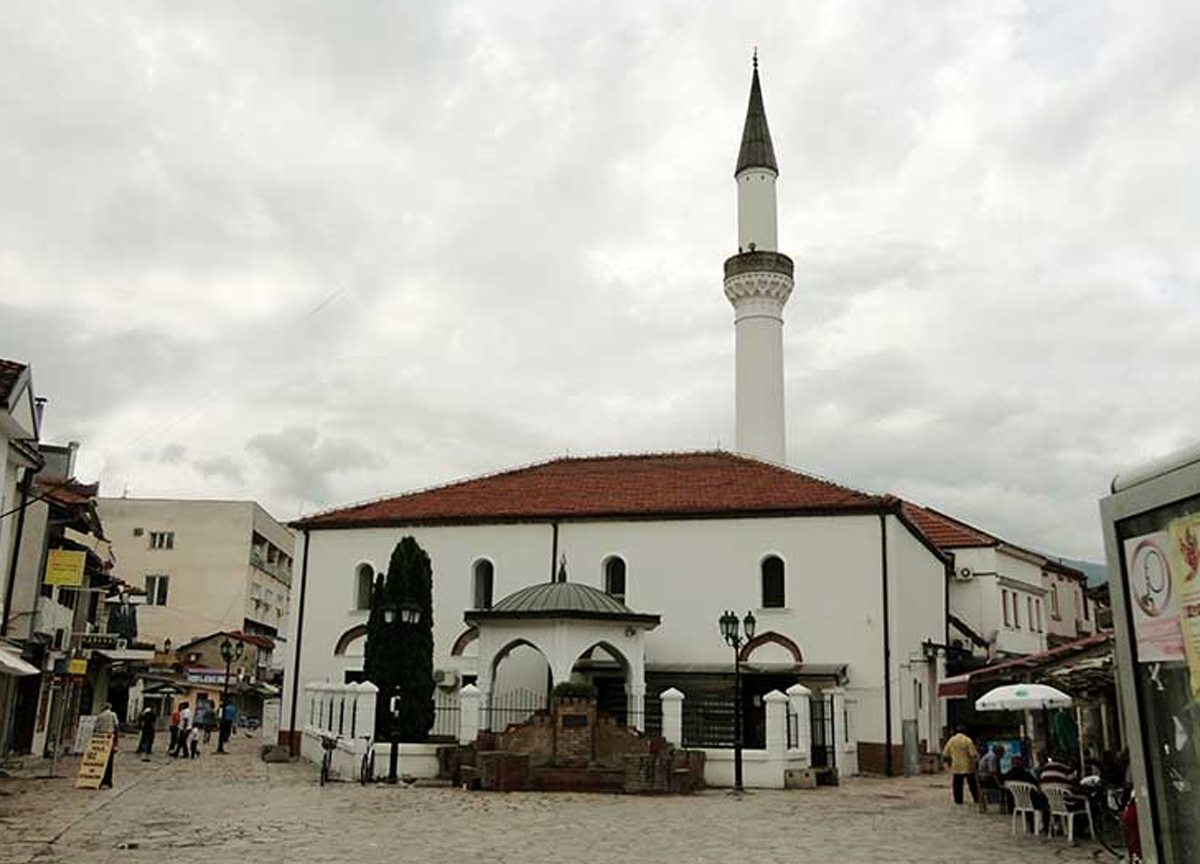

KURSHUMLI AN - 16th centry
1504. Yayha Pasha was the son in low of Sultan Bayazit II. Initially, the mosque had a large dome over the prayer area as well as five smaller domes over-towering the gallery. The minaret of the lower part is richly decorated and has preserved its original appearance.
SULTAN-MURAT’S MOSQUE-1436
The mosque is located on one of the most dominant places in the city. Togrther with surrounding facilities, they form a whole complex.
